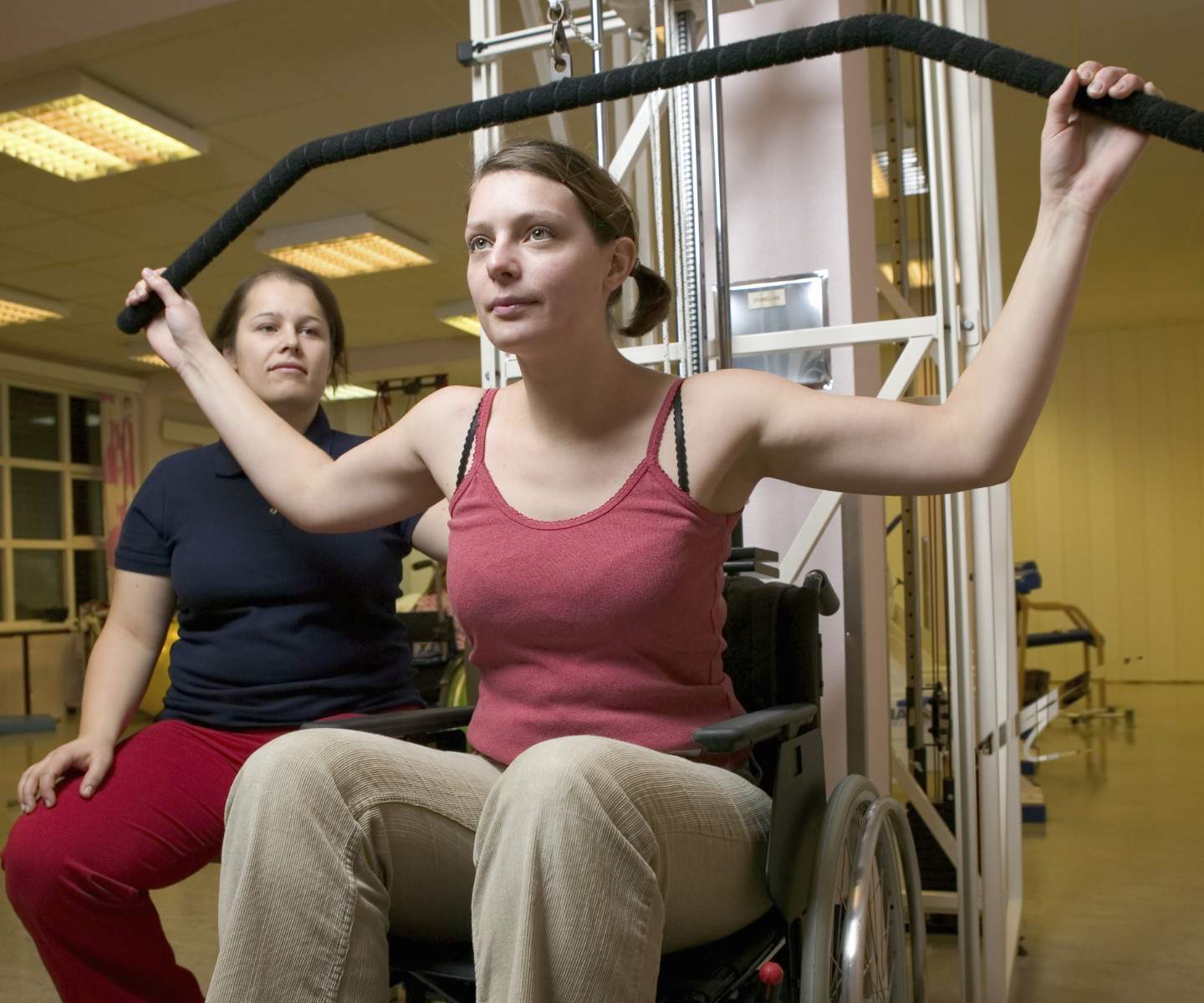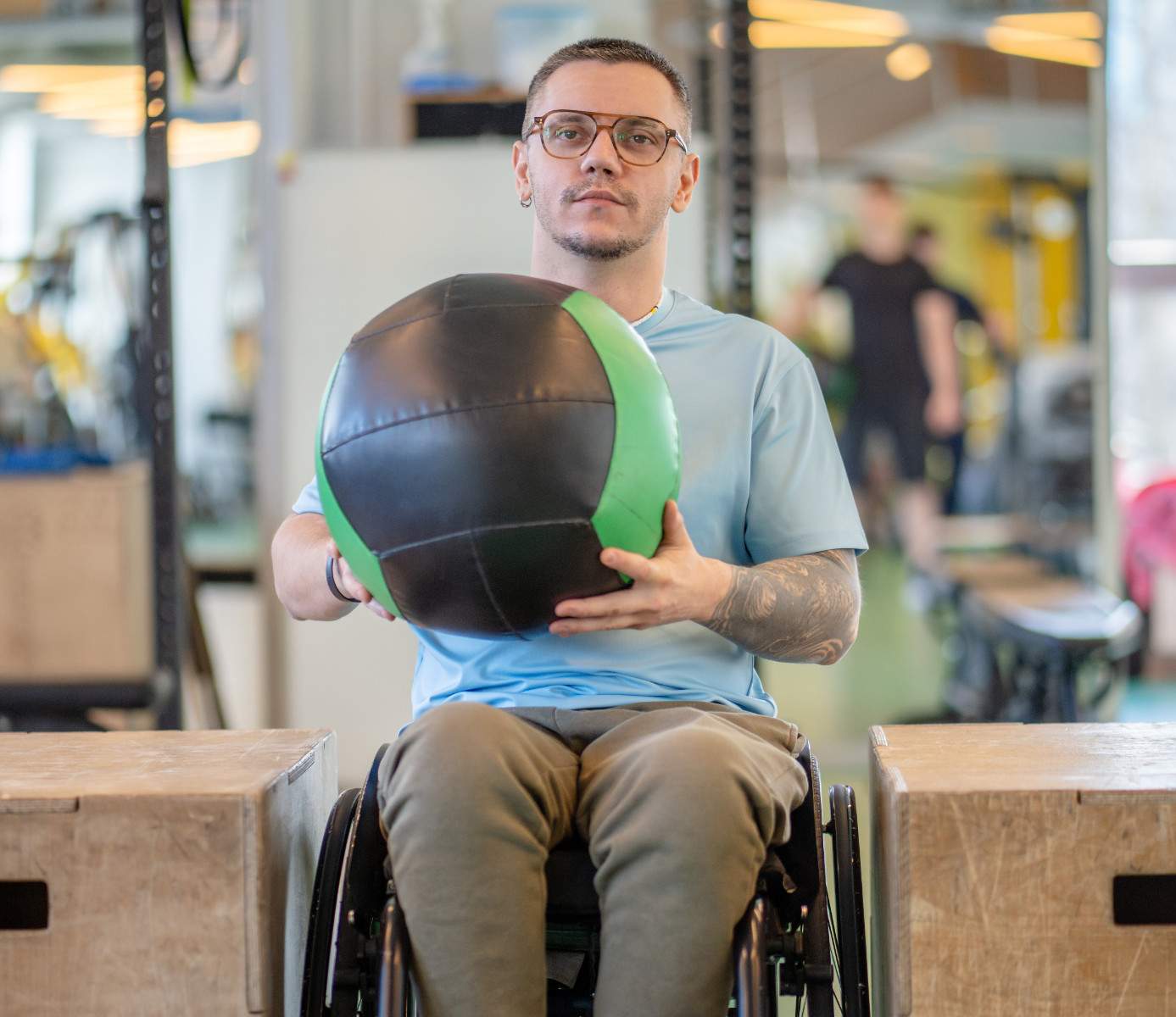The Dos and Don’ts of Pregnancy and Exercise: A Safe Guide for Expecting Mothers
Pregnancy changes everything. Your body. Your energy. Your priorities.
But one thing that shouldn’t change? Staying active.
Exercise during pregnancy isn’t just safe. It’s beneficial for both you and your baby. When done right.
Here’s what you need to know to exercise safely throughout your pregnancy.
Why Exercise During Pregnancy Matters
For You:
- Reduces back pain and discomfort
- Improves mood and energy levels
- Helps with better sleep
- Reduces risk of gestational diabetes
- Makes labor and delivery easier
- Faster postpartum recovery
For Baby:
- Better brain development
- Healthier birth weight
- Reduced risk of complications
- Improved cardiovascular health
Our female personal trainers specialize in safe pregnancy exercise programs.
The Golden Rules of Pregnancy Exercise
Rule 1: Get Medical Clearance
Always check with your doctor before starting or continuing any exercise program during pregnancy.
Rule 2: Listen to Your Body
Pregnancy isn’t the time to push through pain or extreme fatigue.
Rule 3: Modify as You Grow
What works in the first trimester may not work in the third.
Rule 4: Stay Hydrated and Cool
Overheating can be dangerous for both you and baby.
Exercise Dos During Pregnancy
DO: Start Slowly
If you weren’t active before pregnancy, begin with 10-15 minutes of gentle activity daily.
DO: Focus on Low-Impact Activities
Walking, swimming, stationary cycling, and prenatal yoga are excellent choices.
DO: Strengthen Your Core Safely
Modified planks, pelvic tilts, and breathing exercises help prepare for labor.
DO: Work on Posture
Pregnancy changes your center of gravity. Strengthen your back and shoulders.
DO: Include Pelvic Floor Exercises
Kegels help prevent incontinence and prepare for delivery.
DO: Warm Up and Cool Down
Your joints are more flexible during pregnancy. Proper warm-up prevents injury.
Exercise Don’ts During Pregnancy
DON’T: Exercise on Your Back After First Trimester
This can reduce blood flow to the baby.
DON’T: Do Contact Sports
Risk of falls or abdominal trauma is too high.
DON’T: Exercise in Hot, Humid Conditions
Overheating can be dangerous for fetal development.
DON’T: Hold Your Breath
Both you and baby need consistent oxygen flow.
DON’T: Do High-Impact Activities
Jumping, bouncing, and jarring movements can stress your joints.
DON’T: Exercise to Exhaustion
You should be able to hold a conversation while exercising.
Trimester-Specific Exercise Guidelines
First Trimester (Weeks 1-12)
What’s Happening:
Morning sickness, fatigue, breast tenderness. Your body is working hard even when you’re resting.
Exercise Focus:
- Establish routine
- Combat fatigue with gentle movement
- Build strength foundation
Safe Activities:
- Walking 20-30 minutes daily
- Swimming or water aerobics
- Light strength training
- Prenatal yoga
Modifications:
- Reduce intensity if you’re nauseous
- Stay hydrated
- Eat small snacks before exercising
Our South Melbourne personal trainers help women navigate first trimester exercise challenges.
Second Trimester (Weeks 13-26)
What’s Happening:
Energy returns. Morning sickness usually subsides. Your bump starts showing.
Exercise Focus:
- Maintain cardiovascular fitness
- Strengthen muscles for growing belly
- Prepare for third trimester changes
Safe Activities:
- Brisk walking or hiking
- Swimming (excellent for joint relief)
- Modified strength training
- Prenatal Pilates
Modifications:
- Avoid exercises lying flat on your back
- Use support for balance
- Monitor heart rate
- Adjust intensity as belly grows
Third Trimester (Weeks 27-40)
What’s Happening:
Significant weight gain. Balance changes. Possible swelling and discomfort.
Exercise Focus:
- Maintain mobility
- Prepare body for labor
- Manage discomfort
- Build endurance for delivery
Safe Activities:
- Gentle walking
- Swimming (feels amazing!)
- Prenatal yoga
- Pelvic floor exercises
Modifications:
- Shorter, more frequent sessions
- Focus on comfort over intensity
- Use props for support
- Listen to your body daily
Safe Strength Training During Pregnancy
Upper Body:
- Seated or standing exercises
- Light weights with higher reps
- Focus on posture muscles
- Avoid overhead pressing in later trimesters
Lower Body:
- Squats (great for labor preparation)
- Modified lunges with support
- Calf raises
- Wall sits
Core Work:
- Avoid traditional crunches after first trimester
- Focus on deep breathing
- Modified planks
- Pelvic tilts
Warning Signs to Stop Exercising
Stop immediately and contact your doctor if you experience:
- Vaginal bleeding
- Chest pain or shortness of breath
- Dizziness or fainting
- Severe headaches
- Calf pain or swelling
- Contractions or abdominal pain
- Fluid leaking from vagina
Hydration and Nutrition for Exercise
Before Exercise:
- Drink water 2-3 hours before
- Have a light snack if needed
- Avoid exercising on empty stomach
During Exercise:
- Sip water regularly
- Stop if you feel overheated
- Take breaks as needed
After Exercise:
- Rehydrate thoroughly
- Eat within 30 minutes
- Include protein and carbs
Common Pregnancy Exercise Myths
Myth: Exercise can cause miscarriage
Truth: Regular, moderate exercise is safe and beneficial
Myth: You can’t start exercising during pregnancy
Truth: You can start gentle exercise with doctor approval
Myth: You should keep your heart rate under 140 bpm
Truth: This outdated guideline has been replaced with perceived exertion
Myth: You’re eating for two, so you need more calories
Truth: You only need about 300 extra calories in second and third trimesters
Working with Pregnancy Exercise Specialists
Pregnancy is not the time for DIY fitness programs. Work with qualified professionals who understand:
- Pregnancy physiology
- Safe exercise modifications
- Warning signs to watch for
- Postpartum recovery planning
Our personal trainers Melbourne include specialists in prenatal and postnatal fitness.
Exercise Equipment for Pregnancy
Useful Equipment:
- Stability ball for comfort and support
- Resistance bands for gentle strength training
- Yoga blocks and bolsters
- Supportive sports bras
- Comfortable, supportive shoes
Equipment to Avoid:
- Heavy weights
- Balance boards or unstable surfaces
- Equipment requiring lying flat
Mental Health Benefits of Pregnancy Exercise
Pregnancy can be emotionally challenging. Exercise helps by:
- Releasing mood-boosting endorphins
- Reducing anxiety and depression
- Improving sleep quality
- Building confidence in your changing body
- Providing stress relief
Postpartum Exercise Planning
Start thinking about postpartum recovery during pregnancy:
- Understand that recovery takes time
- Plan for gradual return to exercise
- Consider childcare needs
- Set realistic expectations
Special Considerations
High-Risk Pregnancies:
Some conditions require modified or restricted exercise. Always follow your doctor’s specific guidelines.
Multiple Pregnancies:
Twins or triplets may require different exercise approaches.
Previous Pregnancy Complications:
Past issues may affect current exercise recommendations.
Exercise Modifications by Location
Whether you’re in St Kilda near the beach, Williamstown with waterfront paths, or Essendon with great parks, we can adapt your program to your environment.
Home-Based Pregnancy Exercise
Many pregnant women prefer exercising at home. Benefits include:
- Comfort and privacy
- No travel time
- Bathroom access
- Ability to rest when needed
Our mobile service brings qualified trainers to your home for safe, supervised pregnancy exercise.
Online Pregnancy Fitness Support
Can’t meet in person? Our online personal training includes:
- Pregnancy-safe workout videos
- Weekly check-ins and modifications
- Nutrition guidance
- Postpartum planning
Partner and Family Support
Include your partner in your exercise routine:
- Walking together
- Partner stretching
- Prenatal yoga classes
- Building healthy habits for your growing family
The Role of Rest and Recovery
Pregnancy is physically demanding. Rest is not lazy – it’s necessary.
- Get 7-9 hours of sleep nightly
- Take naps when needed
- Include rest days in your routine
- Listen to your energy levels
Preparing for Labor Through Exercise
Certain exercises can help prepare your body for labor:
- Squats strengthen legs and open pelvis
- Pelvic rocks ease back pain
- Kegels strengthen pelvic floor
- Deep breathing teaches relaxation
Common Pregnancy Exercise Challenges
Fatigue: Start with 10 minutes. Build gradually.
Nausea: Exercise may help, but don’t force it on bad days.
Balance Issues: Use support. Avoid unstable surfaces.
Joint Pain: Focus on low-impact activities.
Time Constraints: Short, frequent sessions work well.
Building Your Pregnancy Exercise Team
Consider working with:
- Qualified personal trainer
- Prenatal yoga instructor
- Physiotherapist
- Registered dietitian
- Your healthcare provider
The Bottom Line on Pregnancy Exercise
Exercise during pregnancy is safe, beneficial, and recommended for most women. The key is choosing appropriate activities, listening to your body, and working with qualified professionals.
Every pregnancy is different. What works for your friend might not work for you. Focus on your own journey and needs.
The habits you build during pregnancy often continue postpartum, benefiting your entire family’s health.
Ready to create a safe, effective pregnancy exercise program?
Call us: 0414 163 493
Our qualified personal trainers will help you stay active and healthy throughout your pregnancy journey.
Whether you prefer gym personal training or home visits, we’ll create a program that grows with you and your baby.


